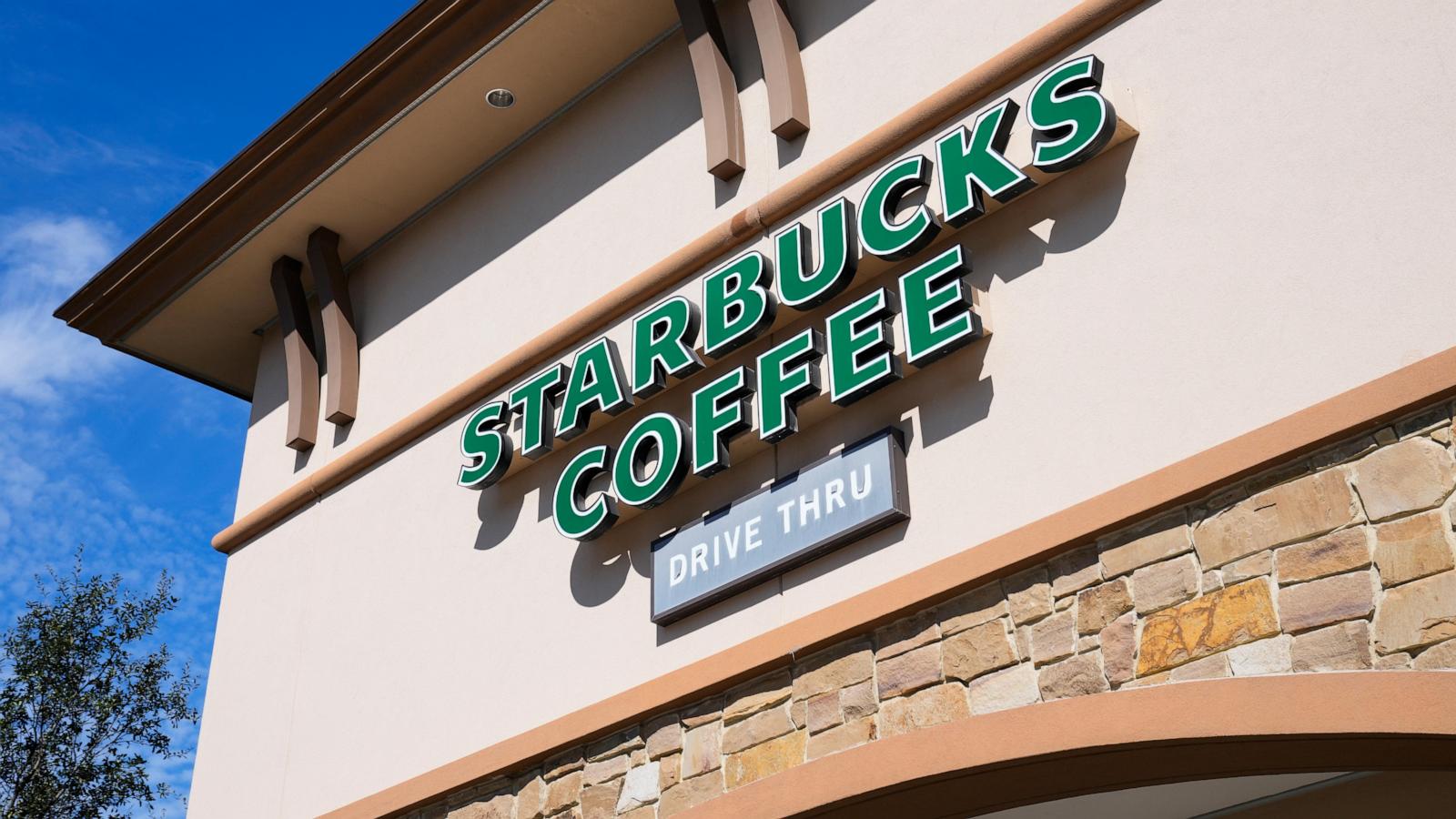Starbucks Restroom Policy Sparks Nationwide Debate: Who Gets to Use the Loo?
The recent Starbucks decision to restrict restroom access to paying customers has ignited a firestorm of debate across America. This isn't just about coffee; it's about access, inclusivity, and the murky patchwork of restroom policies across the nation. Get ready to dive into a controversial topic that's dividing opinions faster than you can say 'venti'!
The Great Restroom Divide: A Patchwork of Policies
Restroom access policies in the US are wildly inconsistent. Imagine this: you're traveling across the country and suddenly find yourself desperately needing a restroom. Are you guaranteed access? It depends on which state, city, or even county you're in! In New York City, restaurants with 20+ seats are legally required to provide restroom access to patrons, while California has different regulations based on the year a restaurant was built. Then, there's Chicago where restroom provisions depend on alcohol sales! This utter inconsistency creates frustration and confusion for everyone. Are you ready to unroll this tangled toilet paper of regulations?
State by State Restroom Chaos
Let's break down this maddening inconsistency: the laws are so scattered that finding public restrooms has turned into a treasure hunt across America. The variation is remarkable: the absence of universal access is an issue most states refuse to flush out. If you're trying to plan your cross-country road trip, remembering the nuanced details of each states' bathroom legislation could lead to, ahem, an embarrassing situation. This uncertainty adds an unwelcome element of stress, particularly for travelers or individuals with underlying medical conditions.
The Fight for Restroom Rights
The American Restroom Association has sounded the alarm, advocating for clear, consistent policies that ensure everyone has access to safe and clean restrooms. The group is on a campaign to fight for the rights that ensure everyone can have easy and guaranteed restroom access whenever they might need it. For people with urgent health concerns like Crohn’s disease, easy access is a necessity.
Starbucks' Policy Change: A Storm in a Coffee Cup?
Starbucks' recent decision to limit restroom access to paying customers became a flashpoint. Some applaud it for curbing loitering and maintaining a welcoming space, while others decry it as discriminatory. Critics argue the policy penalizes vulnerable populations, like homeless individuals or people who accidentally forget their wallets.
Customer vs. Non-Customer: A Semantic Minefield
Even the simple definition of a 'customer' is blurry. Are you considered a customer the second you walk through the door, even if you're not buying anything just yet? The semantics get convoluted: some people believe it might even extend to a homeless person who just needs a warm place. Starbucks aims to walk a fine line. They're aiming to balance the needs of both paying customers and unexpected needs, whilst acknowledging and honoring the need to maintain a business.
Navigating Ambiguity in Restroom Regulations
Many states adhere to the International Plumbing Code (IPC), generally requiring restroom facilities for customers, patrons, and visitors. But legal interpretations vary: while the IPC says businesses need toilets for anyone involved with the activities of the establishment, this interpretation is frequently and inconsistently debated and reinterpreted.
The Broader Public Restroom Crisis in the US
The controversy highlights a bigger issue: an overall scarcity of accessible public restrooms in the U.S. This shortfall puts pressure on businesses, who end up shouldering the responsibility of fulfilling the role that a functioning public sector usually does in other countries. A scarcity of public toilets causes this problem that is not easily solved in a quick manner.
The Public Restroom Shortage Impacts Many
This lack of public toilets isn't just an inconvenience; it negatively impacts several demographics such as senior citizens, those with mobility problems, individuals who work outdoors, and homeless individuals. Tourists frequently cite this deficiency as one of their major gripes when visiting the US. The lack of public restrooms may lead to some potentially dangerous situations for those with no other options.
Take Away Points
- Restroom access policies in the U.S. are a chaotic mess, varying wildly by location.
- Starbucks' recent policy change sparked a heated debate about inclusivity and access.
- The lack of accessible public restrooms is a serious problem, impacting everyone from travelers to those with medical needs.
- It's time for a national conversation and action on improving public restroom accessibility for everyone.









